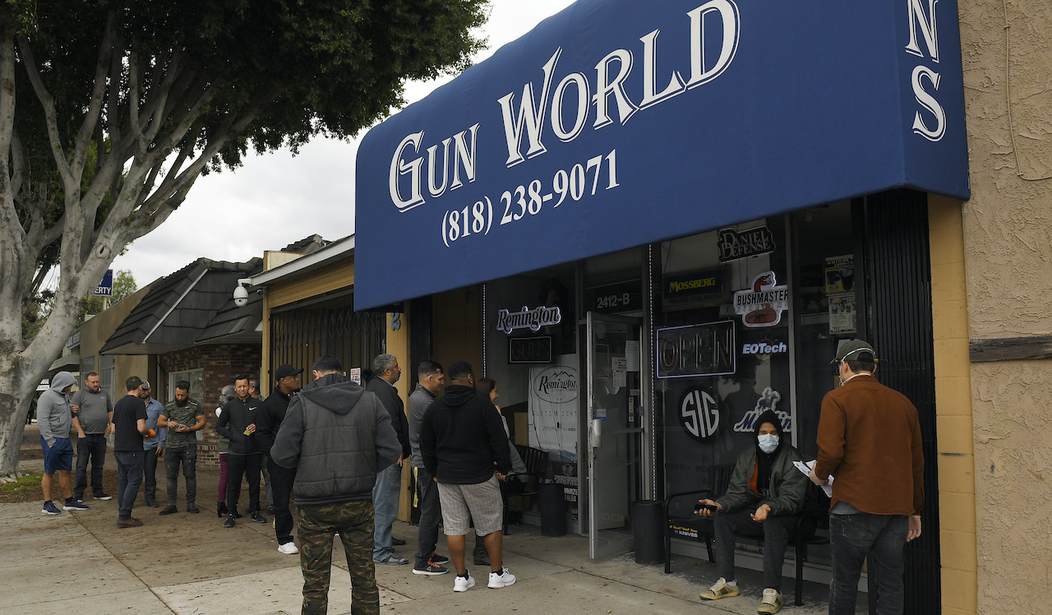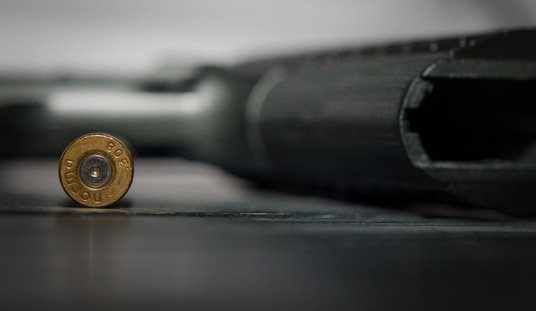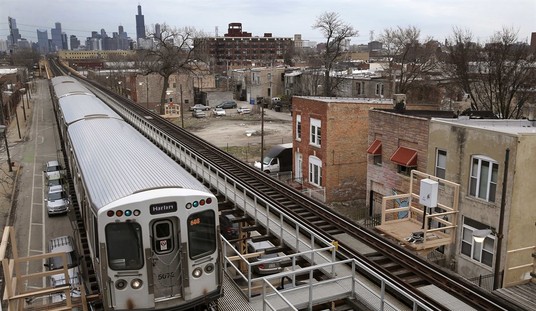You may have wondered, as you were scanning nearly empty shelves at your local gun store or scrolling through page after page of “out of stock” ammunition at your favorite online store, why it is that firearms and ammunition manufacturers aren’t expanding their operations to meet the surge in demand from customers? After all, we’ve had record setting gun sales every month since March, the National Shooting Sports Foundation estimates that more than 2-million Americans have purchased a gun for the first time this year, and clearly these companies can’t meet the current demand. Doesn’t it make sense to expand, even if that means laying out millions of dollars to retool factories to increase productivity?
Not necessarily, as reporter Aaron Smith of Forbes points out in a new story. Even though demand for guns and ammunition has never been higher, adding production capacity isn’t cheap, easy, or fast, and most companies are looking at the future with caution, unsure of what will happen to gun sales after the November elections.
They don’t want to get burned like in 2016, when sales surged to record levels only to implode on Election Day. Sales then were driven by fears of gun control fueled by mass shootings, but those fears evaporated with the election of President Trump, a Republican endorsed by the National Rifle Association. Gun sales plunged immediately after his election, resulting in layoffs and sliding stocks for Sturm, Ruger and Smith & Wesson.
Gun makers fear that fickle consumers could slow down spending, depending on election results, the severity of the pandemic, or the persistence of clashes between police and protesters.
If Donald Trump wins re-election in November, it’s likely that some of the demand for firearms will subside, but at the moment the biggest drivers of gun sales appears to be civil unrest and violence that are on display nightly in cities across the country. We all hope that violence will subside in the weeks ahead as well, but in a year as crazy as 2020, it’s awfully hard to make predictions. Unfortunately, that’s exactly what these companies are having to do.
“Like any other manufacturing base, firearm and ammunition makers forecast their best analysis for what the demand will be for their products in the coming year,” said [Mark] Oliva of the NSSF. “That includes placing orders for raw materials, including bar stock to make barrels, component materials to make ammunition and predicting labor, warehousing and shipping costs, distribution channels and retail demand.”
Volatility makes this tricky to predict. Soaring demand in 2016 leading up the election was followed by a glut in the market in 2017 and 2018. Some smaller manufacturers didn’t survive the transition and went out of business. The larger survivors learned valuable lessons, making them cautious even in times of record sales.
“Whipsaw reactions, to meet demand spike, come with risk,” said Oliva.
I think that with all these new gun owners, the new normal (whenever we get there) will include an increased demand for both firearms and ammunition compared to what we saw back in 2017 and 2018, but how much of an increase is still very much open for debate.
This caution on the part of firearm and ammunition manufacturers is one reason why many gun store owners say they don’t expect things to get back to normal until sometime in 2021. It’s not great news for those of us scouring the Internet and our local gun shops for a box or two of 9mm or even .22LR right now, but it is understandable from a business perspective. In the meantime, these companies will keep producing as much as they can under their current capacity, and we’ll keep buying up every round that ends up on a store shelf.








Join the conversation as a VIP Member